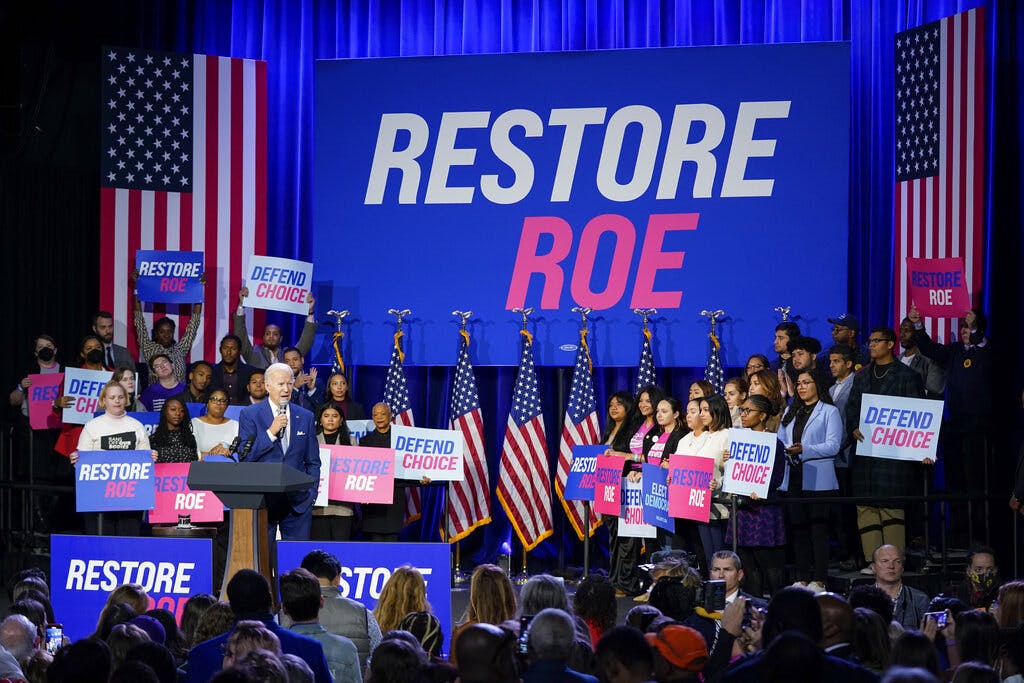Abortion Wins Big in Midterm Elections
In all fives states where it was on the ballot, voters supported the abortion-rights option.

Justice Samuel Alito’s promise in Dobbs v. Jackson Women’s Health to “return the issue of abortion to the people’s elected representatives” has now come to pass, and if Election Day was any indication, the future of abortion in America is bright.
In all five states where abortion measures appeared on ballots, voters from Vermont to Montana backed expanding access to the procedure and blocked efforts to restrict its practice. Evidence has surfaced that passion regarding abortion contributed to Democratic efforts to flatten a Republican red wave.
In California, Michigan, and Vermont, voters enshrined abortion rights in their respective state constitutions. This follows on the heels of a resounding victory for abortion advocates in Kansas, who repulsed an effort to delete a provision guaranteeing abortion from their founding charter.
In Vermont, the adoption of Proposal 5 means that the state constitution will now include a clause that “an individual’s right to personal reproductive autonomy is central to the liberty and dignity to determine one’s own life course.”
Similarly, the passage of Proposal 3 means that Michiganders are now guaranteed the “right to make and carry out all decisions about pregnancy.” That state has been the epicenter of battles over abortion, as a 1931 law banning abortion with no exemptions for rape or incest is on the books. That law has been temporarily blocked by courts.
Proposition 1 in the Golden State was resoundingly adopted by a nearly two-thirds majority, and mandates that the “state shall not deny or interfere with an individual’s reproductive freedom in their most intimate decisions, which includes their fundamental right to choose to have an abortion.”
The hits kept coming, and in red states as well as blue ones. In scarlet Kentucky, voters rejected Constitutional Amendment 2, which would have edited their governing text to read that “there is no right to abortion” in the state constitution. Although abortion remains illegal in the state, that ban will not have a constitutional imprimatur.
In Montana, a provision of narrower applicability — known as a “Born Alive” measure — nevertheless testified to the broader trend. The effort to criminalize health care providers who do not make every effort to save the life of an infant “born during an attempted abortion” or after labor was defeated. That state’s ban on abortion is currently blocked in court.
Even when it was not explicitly on the ballot, the specter of Dobbs appears to have haunted Republican prospects to retake the House and Senate. According to Reuters, 61 percent of voters said they were “dissatisfied or angry” about the Supreme Court decision, including more than one-quarter of Republicans.
Reuters further informs that “about three out of 10 voters” identified abortion as “their top concern.” Three-quarters of Democrats expressed that belief. According to the New York Times, Democrats spent $415 million on abortion messaging prior to Tuesday’s vote.

